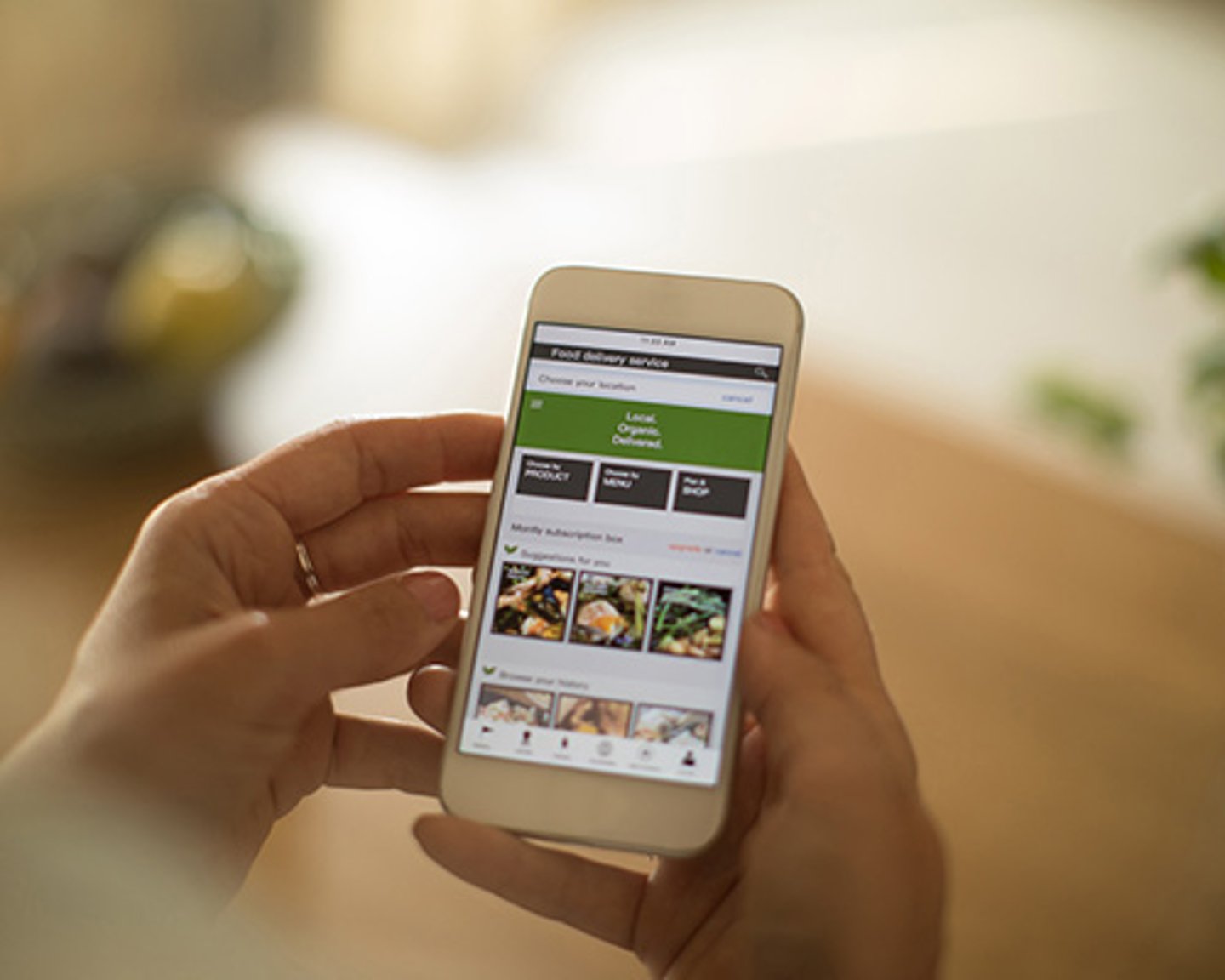The 5 Levers Powering Revenue Growth Management
Until now, all fast-moving consumer goods brands have been able to grow rapidly and at a steady pace, but lately businesses are facing tremendous pressure to sustain a constant growth rate.
Some crucial factors behind such pressure include evolving consumer behavior, hyper-competitive business environment and the emergence of the Internet era. This means that the traditional approach of winning a customer would not suffice in the future, and consumer packaged goods (CPG) companies certainly need to revise their current operating model.
In the business world, where uncertainty is omnipresent, Revenue Growth Management (RGM) has been recognized as the new model for value creation in the CPG industry. This model focuses on value creation for the business and its stakeholders. Following this discipline, companies have witnessed significant topline growth, resulting in increased profitability.
How does one build this capability around disciplined RGM? To adapt to this new paradigm, CPG companies need to build core capabilities across five key sectors powering this RGM framework.
1. Promotion Management
The advent of digital media has led to several data streams originating across consumer touch points like smartphones, social media, online marketplace, customer care and brand websites. This lever of the RGM framework revolves around managing and optimizing promotions using sophisticated data analytics.
As traditional approaches of promotion planning and optimization seem to fail, the only winning approach is targeting consumers with tailored propositions at the right time and place. All CPG companies need to act with agility and adopt data-driven marketing practices to sustain topline growth. They must leverage the combined power of traditional data sources and a myriad of new digital data streams to put together a holistic view of the consumer.
Further, this understanding of consumer behavior can enable a business to target even smaller micro-segments with personalized promotions that would eventually lead to higher conversion rates.
2. Pricing
If business was a war, pricing would be the deadliest weapon. Yes, the perception of a brand can be entirely controlled by the pricing strategy alone. Consumers are programmed to make primary decisions based on the price of a product or service.
Deciding a product price is not just a math, it involves speculating financial sensitivity of the target pool and potential competitor.
Smart marketers prefer data analytics to evaluate historical performance in specific market conditions to decide what a particular product line can afford. Also, data from the distribution and retail channels coupled with a strong trade promotion management (TPM) algorithm allows to track the impact of particular pricing strategy on a brand’s performance vis-à-vis competitors as well as the revenue growth.
3. Trade Spending
For a CPG manufacturer, trade spending is an ineluctable part of doing business. Trade spending is not just an amount spent by the manufacturer to lure the retailers by discounting the retailer landing price, but a way to boost brand awareness and gain a healthy volume.
Weakly planned consumer spending and increased input costs have eroded manufacturer margins. If you are still riding the same path, you may find yourself struggling to meet the expected category profit pool.
CPG manufacturers must create performance indexes of distribution partners based on their ROI using advanced analytics on retailer data. Marketers will have to think creatively to transfer benefits directly to the end users. Manufacturers must look for ways to diversify their promotional portfolio to fine-tune their trade spending.
4. Brand Positioning
Investment in brand positioning is a critical factor that can determine the trajectory of revenue growth. Unfortunately, many leading CPG companies find it difficult to position their brands in this dynamic business environment. With ineffective brand positioning, consumers often get confused about their decision to buy from a brand or its competitors, thus leading to potential loss of business.
To simply define brand positioning, it is a process of distinguishing a brand from its competitors in the target consumer’s mind. Differentiating a brand in today’s overly populated marketplace is important for its survival. In order to stay competitive, CPG brands need to continuously evaluate their positioning with competitors.
5. Mix Optimization
When it comes to advertising and marketing, futuristic businesses always prioritize optimizing their marketing mix.
Marketing mix optimization is an analytical process of evaluating the various marketing campaigns and channels using statistical analysis like multivariate regressions on sales time series data. It helps marketers run the best possible combination of campaigns to optimize resources while obtaining the desired growth in revenue. Increasing popularity of mix optimization tools has also helped spread awareness about the quality, granularity and accuracy of data.
The core goal of the process is to maximize marketing ROI and create the most tailored customer experience. This helps marketers to identify the potential areas of promotional investments without harming their existing marketing budget.
Sahil Guleria is a consultant, consumer goods, at Wipro Ltd., and Jayesh Patil is an associate consultant, consumer goods, at Wipro Ltd.


